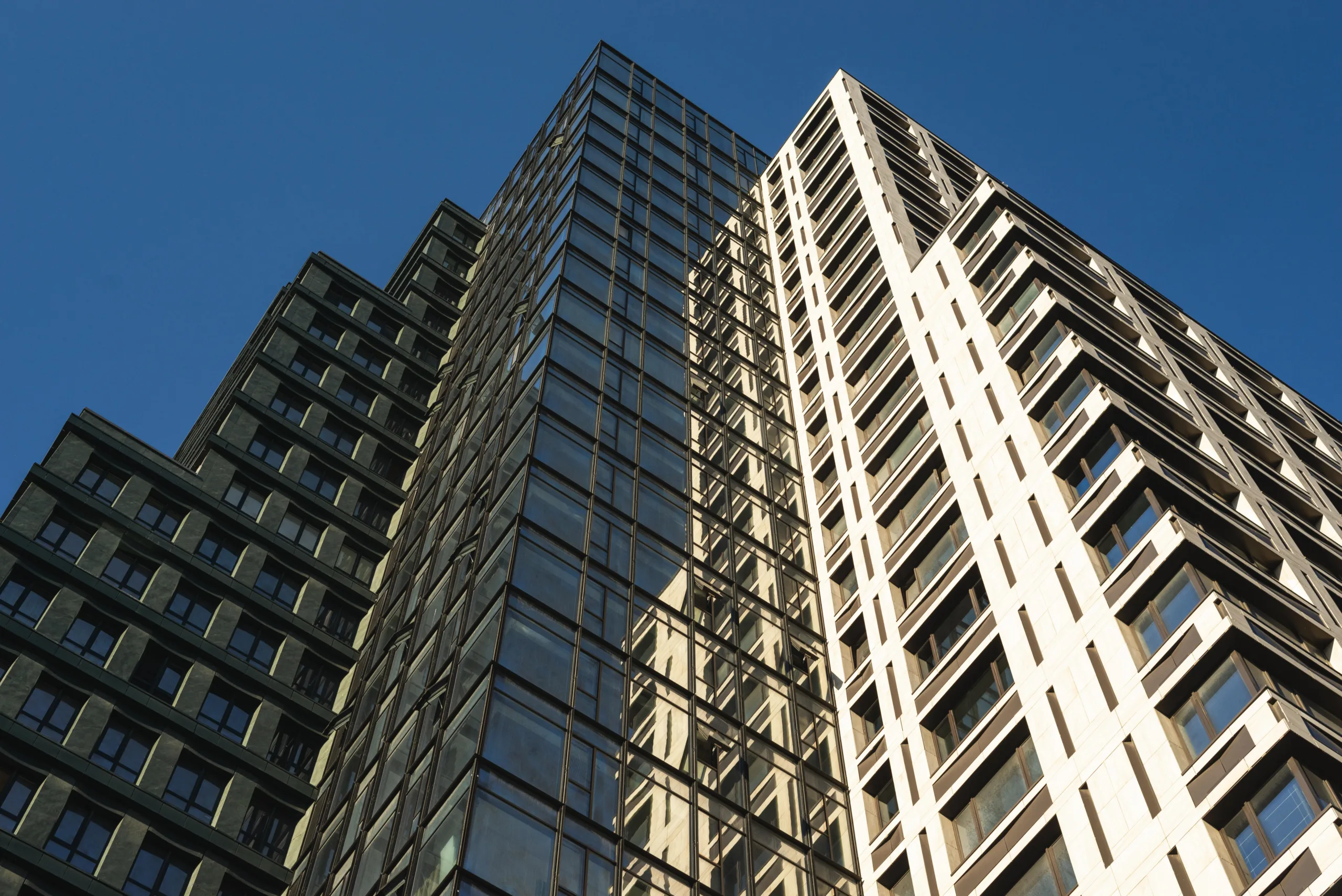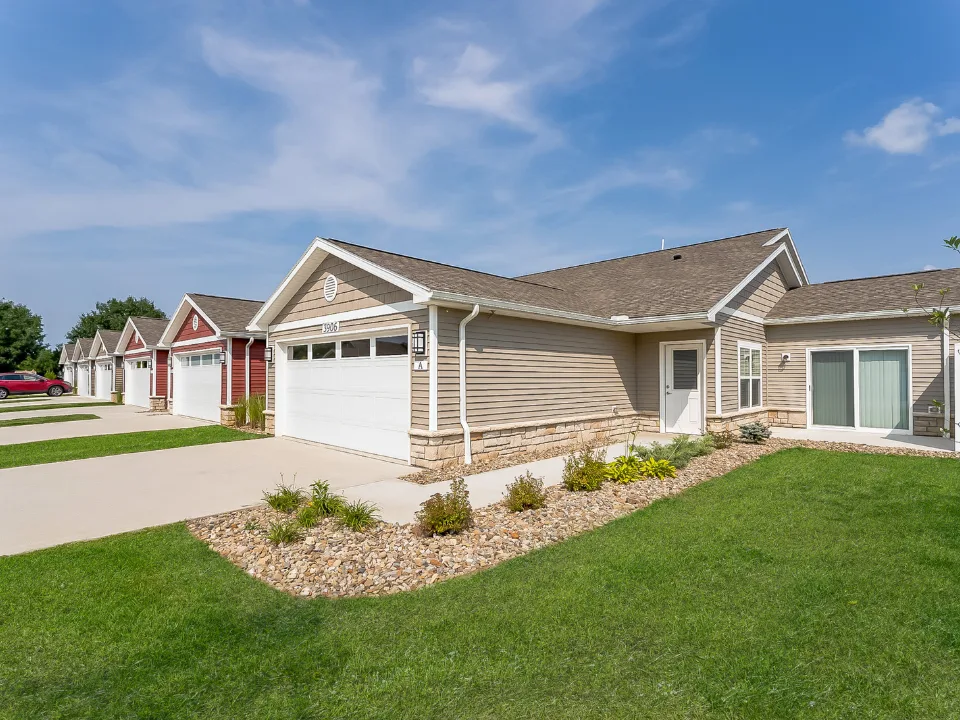- 48% of new apartments leased within three months in Q1 2025, marking the first increase after a multi-year decline.
- Despite slower construction, new rental inventory remains high following a record year of deliveries in 2024.
- Increased options and affordability pressures are driving selective leasing and more concessions from landlords.
- Permit activity is slowing as builders respond to softening absorption rates and a saturated market.
A Brief Pause In The Downturn
After two years of declining lease-up rates, the first quarter of 2025 brought a modest but notable change, reports GlobeSt. Forty-eight percent of new apartments were rented within three months. This marks a slight increase from the previous quarters. While not a return to pandemic-era highs, it marks a pause in the slide that developers had been contending with since 2022.
Supply Still Leads The Way
The small leasing uptick comes even as supply remains historically elevated. Over 97K new units were completed in Q1 2025—a drop from the record-setting pace of 2024, but still high by pre-pandemic standards. That construction wave delivered more than 500K units last year, a pace the market is still digesting.
Get Smarter about what matters in CRE
Stay ahead of trends in commercial real estate with CRE Daily – the free newsletter delivering everything you need to start your day in just 5-minutes
Demand Is There, But Renters Are Picky
Despite housing affordability challenges pushing more people into rentals, the oversupply has shifted leverage toward renters. With more choices available, renters are taking longer to decide, and landlords are responding with incentives to fill units faster. This dynamic has defined much of the rental market since early 2023.
Developers Hit The Brakes
The recent absorption improvement coincides with a slowdown in new project starts. Permit issuance is down, signaling that developers expect a softer market ahead and are beginning to pull back after a record construction run. This suggests that the industry is moving into a rebalancing phase.
Why It Matters
The leasing market’s small rebound could be the start of a slow recovery toward equilibrium. However, with absorption still trailing completions, developers face continued pressure. Renters, on the other hand, remain in a strong position—at least for now—benefiting from greater selection and competitive pricing.
What’s Next
As construction slows and the market continues to absorb excess inventory, absorption rates could gradually climb back to historical levels. But the path ahead remains uncertain. Developers will need to navigate changing renter preferences, economic shifts, and a more cautious financing environment as they plan future projects.
According to Redfin and Census data, the rental market is no longer in freefall—but a full recovery may still be several quarters away.


















